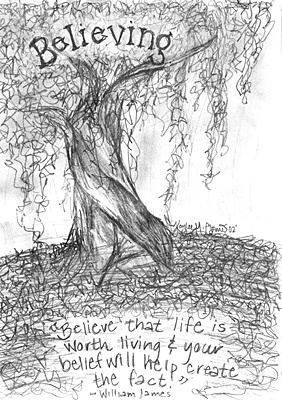All Nonfiction
- Bullying
- Books
- Academic
- Author Interviews
- Celebrity interviews
- College Articles
- College Essays
- Educator of the Year
- Heroes
- Interviews
- Memoir
- Personal Experience
- Sports
- Travel & Culture
All Opinions
- Bullying
- Current Events / Politics
- Discrimination
- Drugs / Alcohol / Smoking
- Entertainment / Celebrities
- Environment
- Love / Relationships
- Movies / Music / TV
- Pop Culture / Trends
- School / College
- Social Issues / Civics
- Spirituality / Religion
- Sports / Hobbies
All Hot Topics
- Bullying
- Community Service
- Environment
- Health
- Letters to the Editor
- Pride & Prejudice
- What Matters
- Back
Summer Guide
- Program Links
- Program Reviews
- Back
College Guide
- College Links
- College Reviews
- College Essays
- College Articles
- Back
The Tree of Life That Grew Amidst Death
Terezín, also known as Theresienstadt, was a transit and labor camp used as a propaganda tactic to manipulate the public opinion of Jewish Ghettos created by the Nazis. Jewish philosophers, famous artists, musicians, even opera singers, were imprisoned and exploited in propaganda advertisements of the Jewish Ghettos camps.
Irma Lauscher was a passionate Jewish teacher living in the ghettos at Terezín. As she held secret lessons, teaching Judaism and more to the youth, she felt she had to do more. Upon reaching out to a sympathetic Czech soldier, she successfully received a smuggled a tree sapling from him to share with the children. They all courageously gave up some of their small ration of water in order to help this tree grow and their spirit along with it. Tu B’Shevat, commonly phrased as “The New Year for Trees,” is a celebration of the divinity of nature and its symbolism of life. Jewish people, as a consistent minority, have always placed importance on the continuation and prosperity of their people, and their ties to the everlasting effect of their actions on generations to come; this includes their effects on nature as it is vital to human life: food, shelter, etc. This tree of life had grown in the center of hatred, reaching 5 feet tall by the time Terezín was liberated.
A Rabbi had blessed this tree and the children who partook in nurturing it, with hopes that these children would grow to plant their own trees on their own lands free of hatred and imprisonment by the nazis. Regrettably, less than 150 of the 15,000 children lived on to see the liberation of Terezín; however, over 600 saplings from the original Tree of Life are alive and flourishing around the world. The Etz Hayim are now multiplying, along with the spirit and hope of the Jewish people.
Although my ancestors, the Jewish people, have been freed from the tortures of the holocaust, the struggle has yet to disappear. Even so, the saplings of the miraculous Etz Hayim, that bloomed within a concentration camp, will continue to multiply, and live on, along with the story of Irma, the children of Terezín, and the Tree of Life. A quote from the Book of Yeshayahu is printed on a sign, at the memorial of the original Etz Hayim tree stump: “For as the days of a tree shall be the days of my people,” and as this tree and its story have and will remain on earth forever, on our land and in our hearts, so will the Jewish people and our spirit.

Similar Articles
JOIN THE DISCUSSION
This article has 0 comments.
